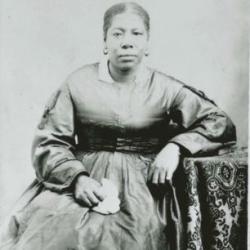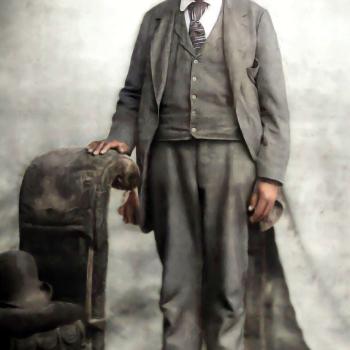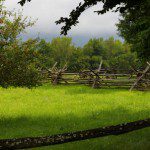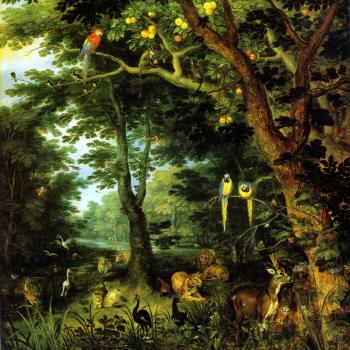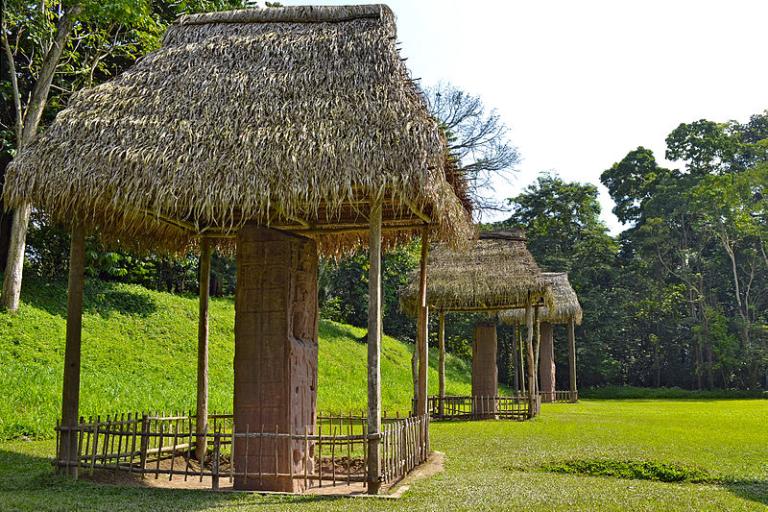
One of the tasks that I’ve set myself for my COVID-19 house arrest (and, I hope, beyond) is to extract notes from John W. Welch, Neal Rappleye, Stephen O. Smoot, David J. Larsen, and Taylor Halverson, eds., Knowing Why: 137 Evidences That the Book of Mormon Is True (American Fork, UT: Covenant Communications, 2017). I’ve been delinquent in doing this, but no longer. Knowing Why is a product of the Interpreter Foundation’s esteemed sister organization, Book of Mormon Central, which I enthusiastically commend to your attention. Here, I’m working from pages 178-179:
And it came to pass in the days of Mosiah, there was a large stone brought unto him with engravings on it; and he did interpret the engravings by the gift and power of God. And they gave an account of one Coriantumr, and the slain of his people. And Coriantumr was discovered by the people of Zarahemla; and he dwelt with them for the space of nine moons. It also spake a few words concerning his fathers. (Omni 1:20-22)
This Book of Mormon passage was clearly on the minds of the Latter-day Saints living in Nauvoo, Illinois, when, in 1841, explorers John Lloyd Stephens and Frederick Catherwood published their discovery of a large, engraved stone among the ruins of Quiriguá in Guatemala. Their excited reaction — Joseph Smith’s included — demonstrates both that they recognized its connection to the “large stone” mentioned in Omni 1:20-22 and that they had previously been unaware of such stones actually existing in the Americas of their day.
In our day, after nearly two centuries of archaeological research, such large, carved stones — stelae, as they are called (sg. stela) — are well known and relatively common. But we shouldn’t take them for granted.
This is one instance where archaeology now strongly supports the Book of Mormon, whereas it did not seem to before. Realizing this underscores the importance of patience when it comes to comparing a text like the Book of Mormon to the archaeological record. (179)
Prior to the 1960s, too, most Mesoamericanist scholars believed that the stelae of the region were devoted exclusively to mythological matters rather than to ordinary terrestrial historiography. Now, though, it is recognized that they treat the histories of kings, their battles, and their lineage — exactly as the “large stone” described in Omni 1:20-21 does. Moreover, the inscription of stelae appears to have begun with the Olmec, a Mesoamerican culture that was contemporary with the Book of Mormon’s Jaredites and (if one follows John Sorenson’s proposed geography) at least roughly contiguous with them.
And inscribed stelae were also created by the Maya, whose term for a stela was lakam-tuun — which literally means “large stone,” just as it is called at Omni 1:20.



